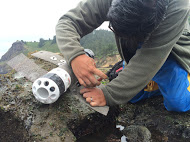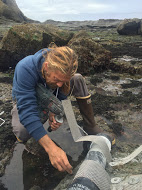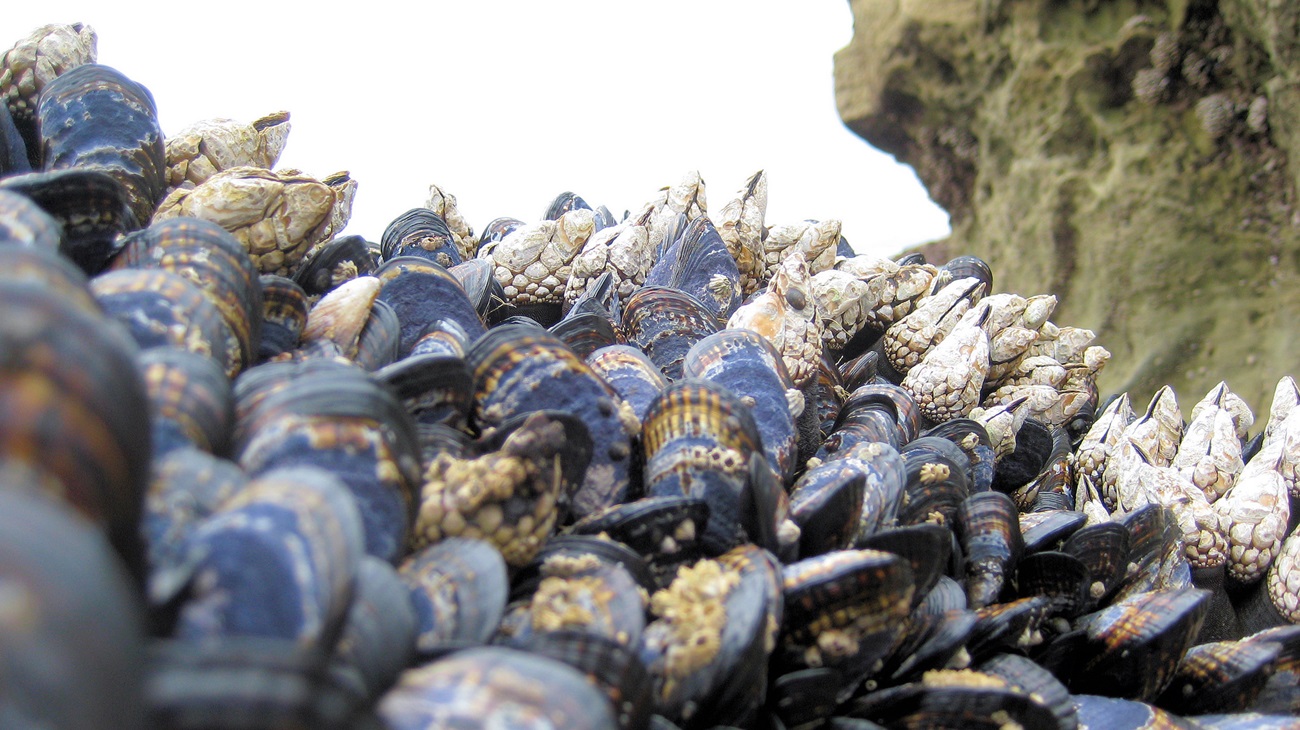The mystery began in 2007 at Whiskey Creek Shellfish Hatchery in Netarts Bay, Oregon. An inexplicable oyster larvae die-off spurred efforts to figure out the problem. The identified culprit? Ocean acidification.

Ocean acidification is the lesser known cousin of climate change. It is a change in water chemistry driven by rising atmospheric carbon dioxide. Seawater absorbs carbon dioxide, which affects chemical reactions in the ocean — including pH levels. With rising levels of carbon dioxide in the atmosphere, more and more of this gas is being absorbed by our oceans, lowering pH levels and making the ocean more acidic. Oregon, and the rest of the West Coast, are especially vulnerable to these changes, and are taking proactive steps in research and policy to better understand acidification impacts (visit the West Coast Ocean Acidification and Hypoxia Science Panel for more information).
Oregon researchers, and many others along the entire West Coast, have been at the forefront of pioneering ocean acidification research. As part of a new effort to monitor coastal chemistry changes, pH sensors were recently installed at several of Oregon’s marine reserves under the oversight of Dr. Francis Chan and Dr. Kristen Milligan (Oregon State University, Partnership for Interdisciplinary Studies of Coastal Oceans). This research is being conducted in conjunction with marine reserve community groups and volunteers from Surfrider Foundation, Redfish Rocks Community Team and The Nature Conservancy in an effort to engage citizens in the monitoring.

These low cost, high performance tubular devices are bolted down in rocky intertidal areas, where they take periodic pH readings that will contribute to a broader understanding of acidification processes. Plus, they can be installed and maintained by citizens and volunteers.
Strategic placement of these sensors throughout Oregon’s coast ensures that data collection is covering existing holes in ocean acidification research. Filling acidification research gaps gives researchers an unparalleled view of portions of state waters that are currently affected by acidification, and where regions of greatest vulnerability may lie.
Oregon’s Marine Reserves serve as reference areas by acting as ‘scientific controls’ in a changing environment. This is one of the reasons these sites tend to attract additional research (find more info on our research partners). Researchers and managers are interested in understanding if reserves may provide resiliency and are able to withstand, and adapt, to potential effects of acidification, relative to other areas.
For more information about this project, see this Surfrider Foundation news post. And, for a glimpse into the science, the impacts and the information gaps behind ocean acidification in Oregon, check out the video below.
